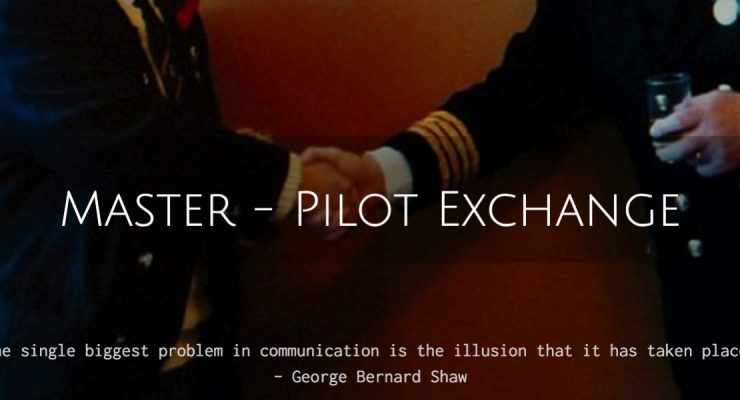It is a given fact that invariably pilotage is compulsory and the majority of accidents occurring during berthing occur with a pilot on the bridge. No berthing guide would be complete without reference to the master-pilot relationship.Pilotage Why are Pilots engaged? For their expertise in navigating in close proximity to land in narrow channels. For their ability to anticipate accurately the effects of currents and tidal influences. For their understanding of local traffic. For their ability to work effectively with the local VTS. For their language ability when … [Read more...]
